Many of the world’s most stunning flowering plants come from bulbs and corms (similar to bulbs) and make for amazing houseplants, patio plants, and garden plants. Many are cutting flowers, while others make for intriguing ground cover or plant borders.
Choose your bulbs, carefully, though, as they have different needs for sunlight, climates, and soil types.
Anemones
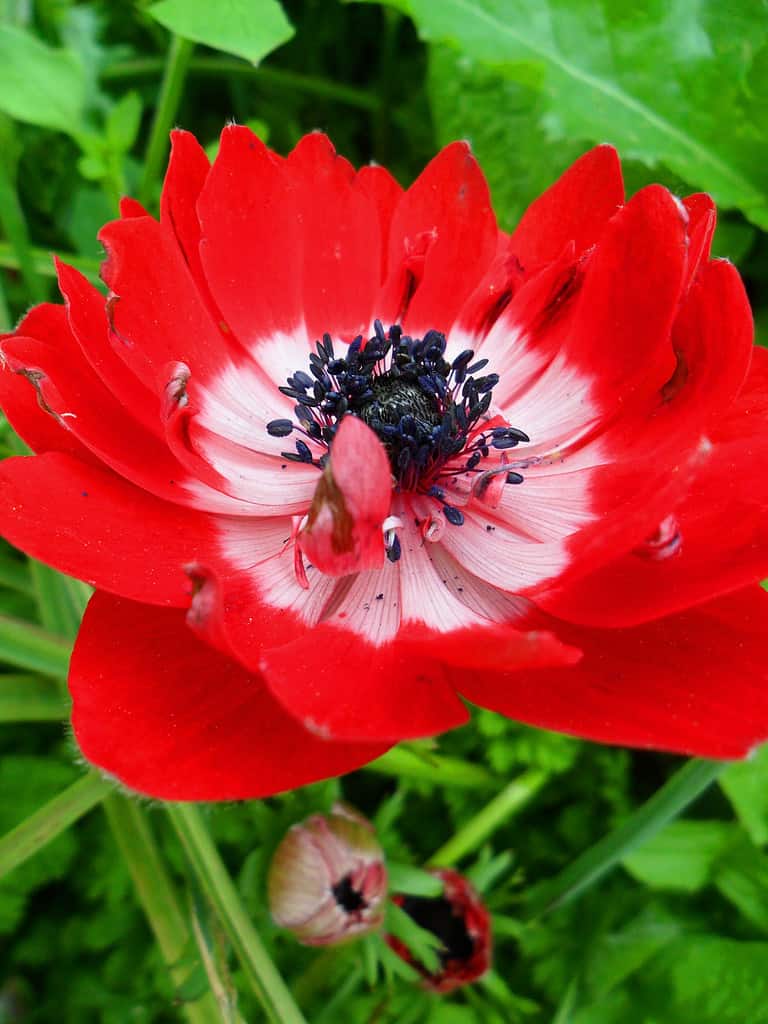
©Matt Hopkins/Shutterstock.com
Anemones, or windflowers, are low-growing plants with brightly colored, upright flowers and vibrant foliage. They grow from bulbs and come in both a range of colors and of heights, sizes, and blooming seasons. Typically, half sun to half shade placements are required for these beauties, and they just need average soil. Grow them as ground cover, potted plants, or as borders. Bonus: they’re deer resistant.
Begonias
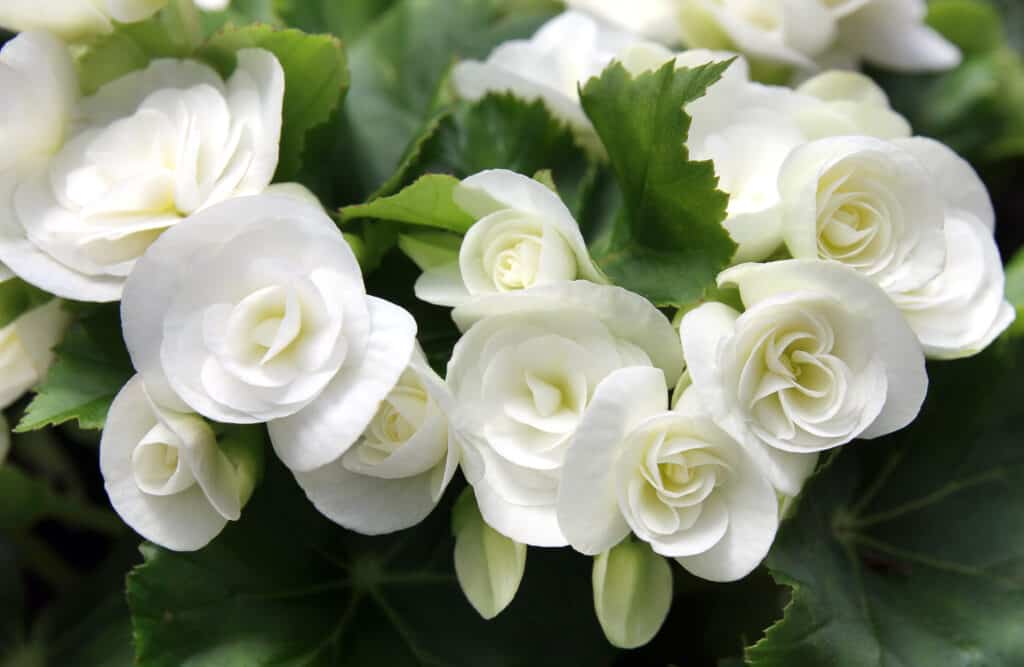
©Opachevsky Irina/Shutterstock.com
Springtime bloomers, begonias produce vividly colored blooms throughout the season, thriving in shade with regular fertilization. The stunning plants make for fantastic potted plants, borders, garden bed plants, and hanging plants. The blooms may reach as wide as 6 inches across and rarely hit heights over a foot tall. They need rich, well-draining soil and should be brought indoors when frosts hit or they’ll die off.
True Lilies

©Barbara Smits/Shutterstock.com
Taking up almost no space in your soil, true lilies provide your space with rich blooms that pollinators love. True lilies come as Asiatic, Tiger, Oriental, or Trumpet lilies and offer a huge range of colors, shapes, sizes, and scent levels. Typically tall plants, they also offer shade to shorter plants around them and thrive as tall borders. Plant them where full sun will shine, in well-draining slightly acidic to neutral soil and you’ll have gorgeous blooms all season long, especially if you stagger the varieties.
Rain Lilies, aka Fairy Lilies or Zephyr Lilies
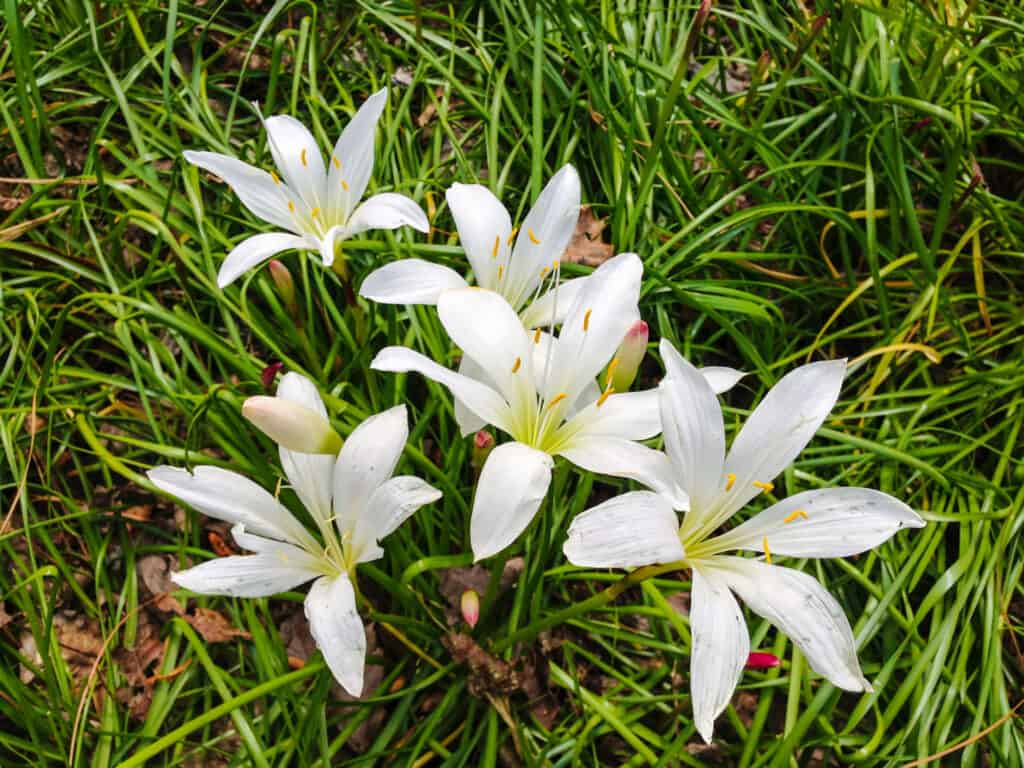
©iStock.com/LCBallard
Among some of the “false” lilies are the rain lilies or fairy lilies. These beauties grow low to the ground, producing goblet-shaped blossoms on slim stalks. Rainy season is their friend, though they can adapt to short dry spells. They thrive as container plants in colder zones and should be planted in well-draining soil in full sun.
Calla Lilies

©Rutsada wongraj/Shutterstock.com
Another “false lily” is the calla lily. The beautiful trumpet-shaped flower comes in a rich array of colors from purest white to deepest purple-black, and everything in between (almost literally everything!). The plants are lower-to-the-ground and bloom in spring and early summer. Plant them as container, flower bed, or border plants, in well-draining soil in partial shade.
Canna Lilies
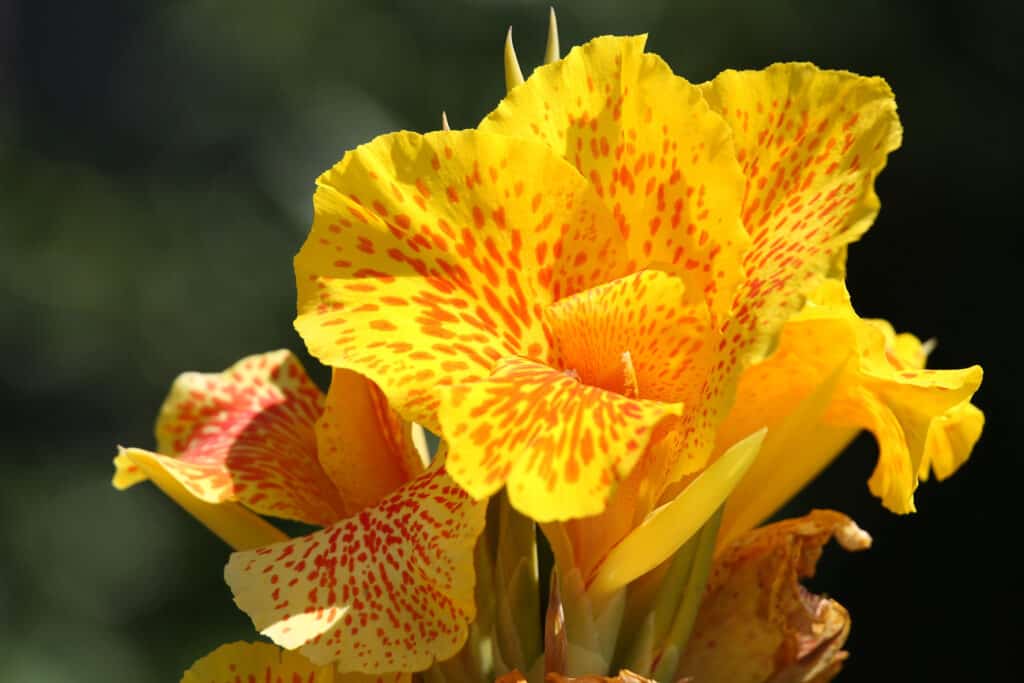
©funboxphoto/Shutterstock.com
Another favorite “false” lily is the canna or canna lily. The colorful stalks jut towards the sky with variegated leaves and vibrant blooms that last for weeks on end. Plant these gorgeous bulbs in full sun with well-draining soil, whether in a planter or directly in the soil.
Pineapple Lilies
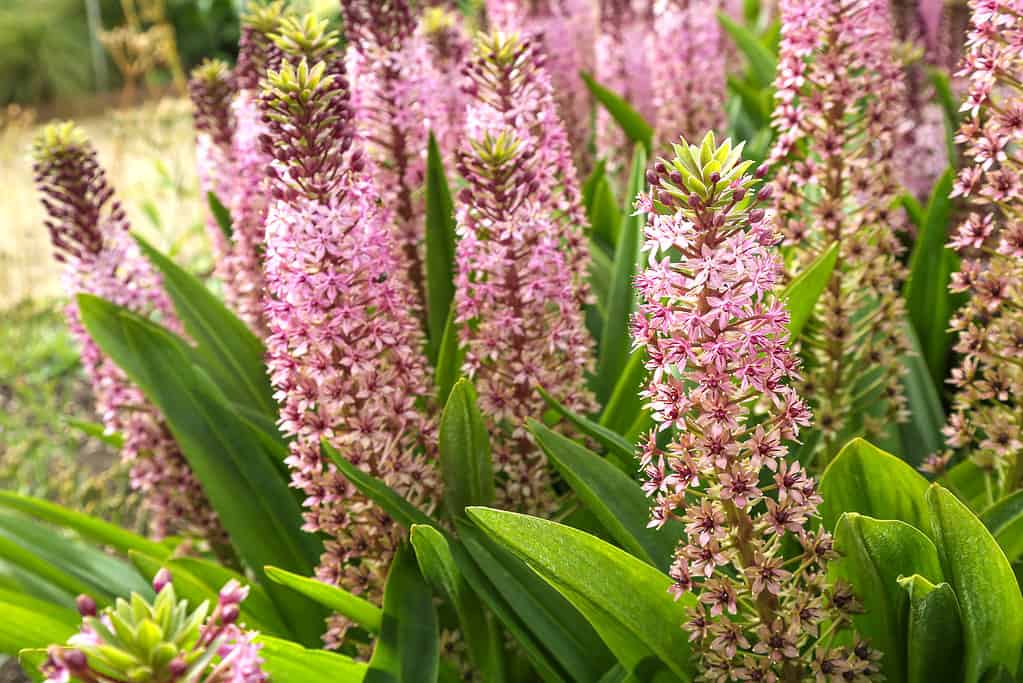
©iStock.com/Natalia Shishkova
Eucomis or pineapple lilies bring vibrant beauty with green-white or pink-purple clusters of flowers when they are planted in full sun to partial shade. Moderate moisture in mildly acidic to neutral soil with loam, sand, or chalk provides these beauties with their needs. They’ll attract helpful insects that pollinate, like butterflies and bees.
Spider Lilies

©iStock.com/
An incredibly unusual looking flower grows atop the stems of spider lilies (another false lily). The spidery blossoms come in vibrant shades of red, pink, yellow, and white. The fragrance helps to attract pollinators, while the stunning aesthetics draw yours. Plant them in moist soil, with half-sun exposure.
Nerine or Guernsey Lilies
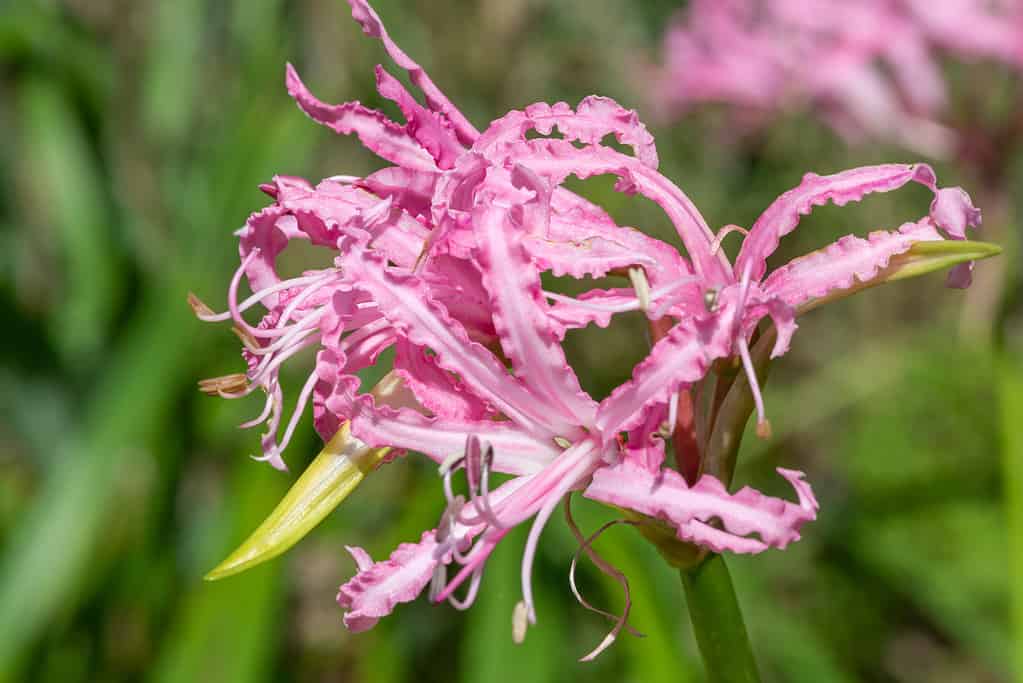
©iStock.com/Tom Meaker
The final “false” lily is the Guernsey or Nerine lily. The blooms are a little bit like spider lilies, with spidery petals with spiky stamens. They bloom in late summer, resist deer, offer up incredible fragrance and thrive in full sun in gritty soils.
Crocosmias
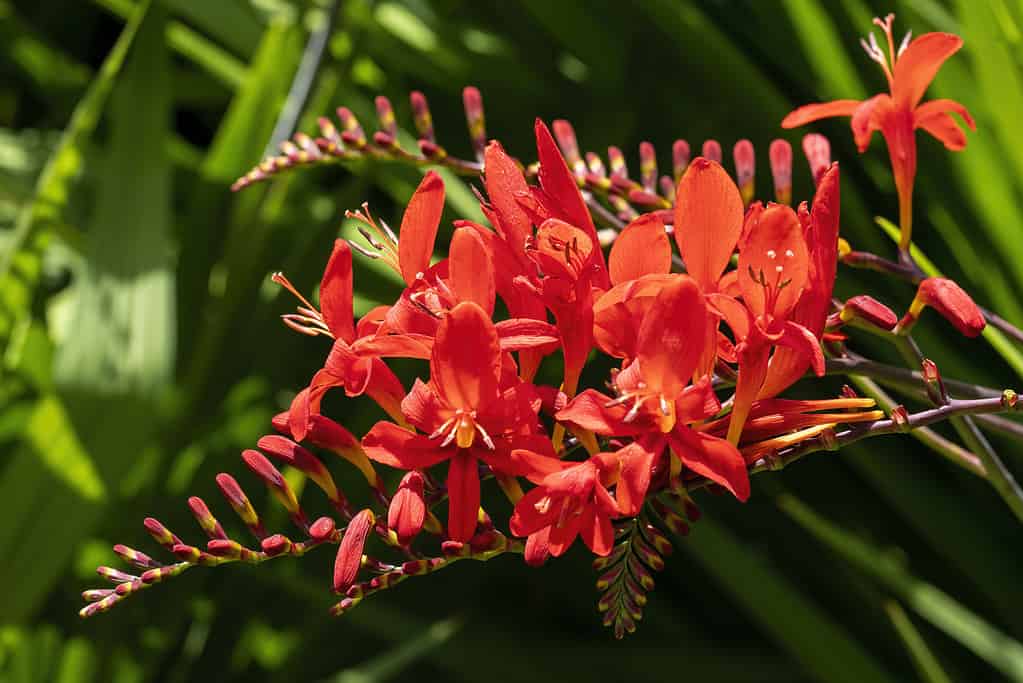
©iStock.com/TonyBaggett
Funnel-shaped blooms in orange and red, Crocosmias pop in any garden. Coming from the iris family, they attract pollinators (particularly butterflies and hummingbirds), are easy to grow, and thrive in either partial shade or full sun. Make sure they’re grown in well-draining soil. Double bonus: they’re easy multipliers and deer resistant.
Dahlias
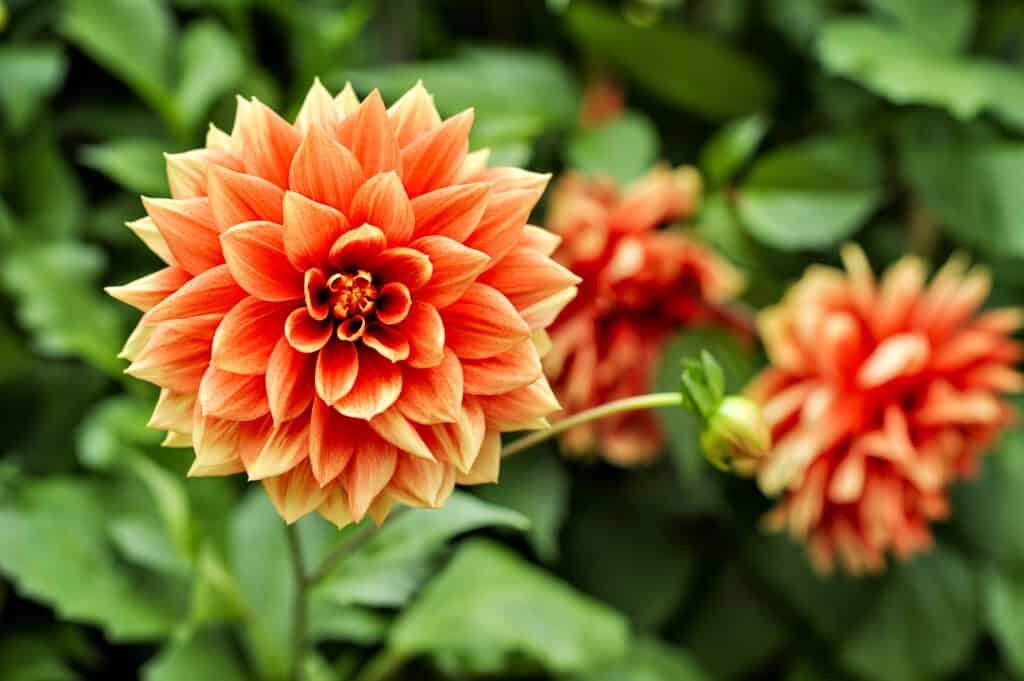
©LCRP/Shutterstock.com
Blooming in late summer into autumn, dahlias are a favorite late season bloomer among flower gardeners. The stunning blooms come in a huge array of colors and forms, work splendidly in cutting gardens, as borders, specimen plants, and do thrive as container plants when properly cared for. Plant them in well-draining soil that provides them with partial shade.
Gladioli

©iStock.com/Olga Niekrasova
Vivid blooms on tall stalks, gladioli are a popular choice among cutting gardens. The gorgeous blooms come in almost any color you can imagine, including green, may be planted as annuals or lifted and stored for winter as perennials, and make stunning backdrops for your flower beds. They thrive in sandy, loamy soil in full sun.
Freesias

©iStock.com/bea8476
Offering up sweet, almost citrusy aromas, freesias are a stunning colorful choice for the garden. Appearing as exotic blooms in almost any shade you can imagine, you’ll find freesias in flower beds, container gardens, patio specimen planters, and forced indoor blooming pots. Plant them in slightly sandy, organically amended soil in full sun or partial shade.
Ranunculi
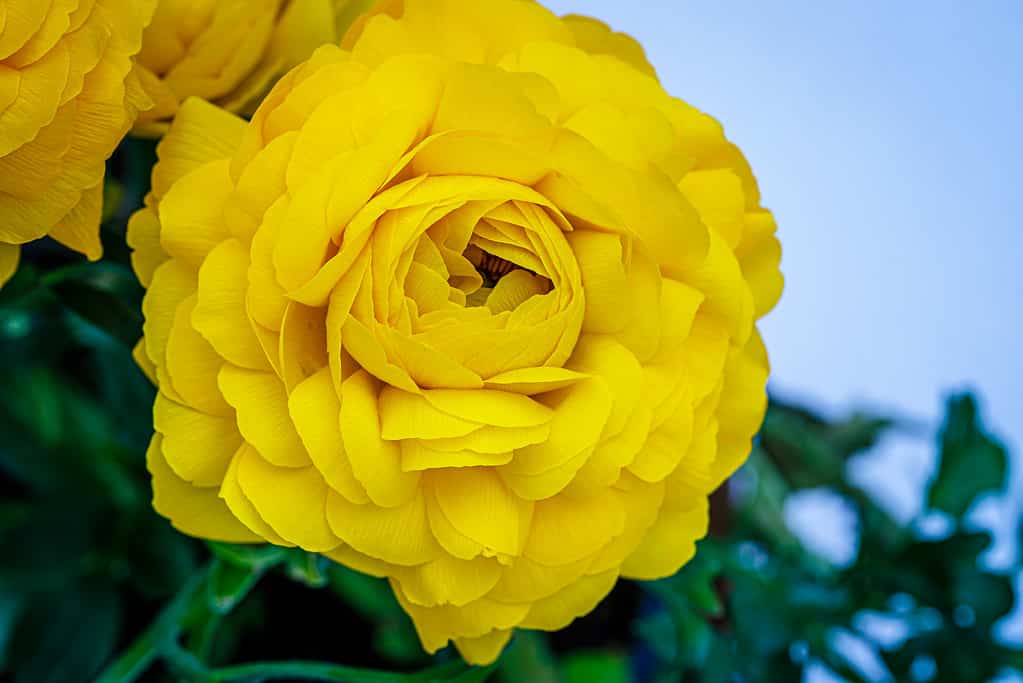
©nnattalli/Shutterstock.com
Buttercups belong to the genus of flowering plants known as ranunculus. These stunning plants pop out ferny foliage, bright cup-shaped blooms, and thrives in cool-temperature locales. Provide them with full sun in light, well-draining soil and you’ll see some incredible blooming on the easy-to-care-for plants.
Oxalises
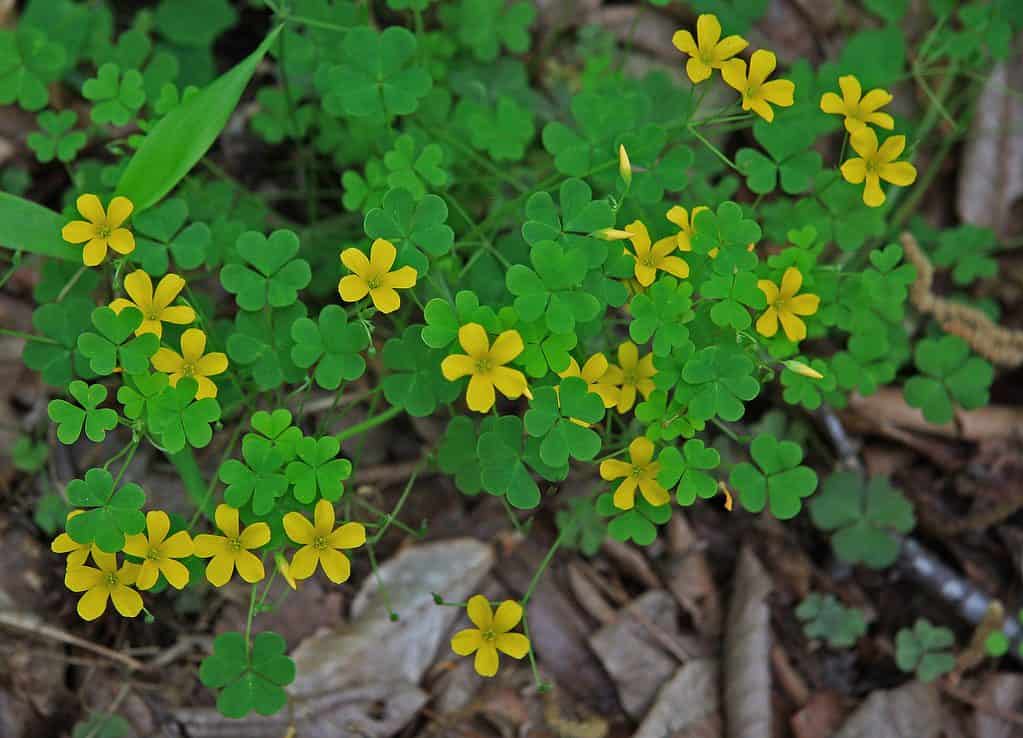
©Dcrjsr | CC BY – License
Also known as Shamrock plants, Oxalises are beautiful, happy little members of the Wood Sorrel family. They bear those familiar heart-shaped green or red leaves that looks like clovers, with delicate little white or yellow blooms. Plant them for ground cover, in gardening boxes, and anywhere from half shade to full sun. They’re deer resistant and thrive in well-draining soil.
Alliums
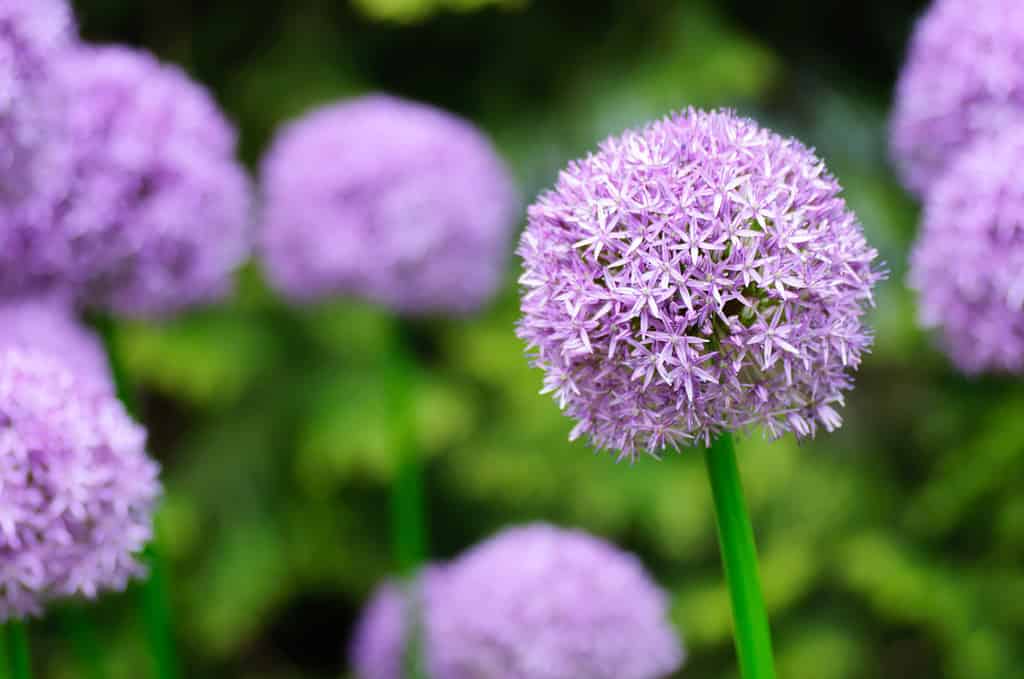
©iStock.com/jamesvancouver
If there’s a slightly sharp aroma in the air, there’s a chance you’re passing an allium, or ornamental onion plant. They produce bright white to purple pom-pom shaped blooms, put off a pungent aroma that you can almost taste, and may be anywhere from 3 inches to six feet tall. Plant them in well-draining soil in full to sun to partial shade.
Bearded Irises

©Krzysztof Bubel/Shutterstock.com
Also known as German iris, the bearded iris is a gorgeous option for any cutting garden, flower garden, or potted plant (if the pot is big enough!). They are some of the easiest and most popular plants to grow flower bulbs and produce blooms in springtime. Help them out by placing them where they’ll get 6 to 8 hours of sun, in well-draining soil with 4-10-12 fertilizer.
Buttercups
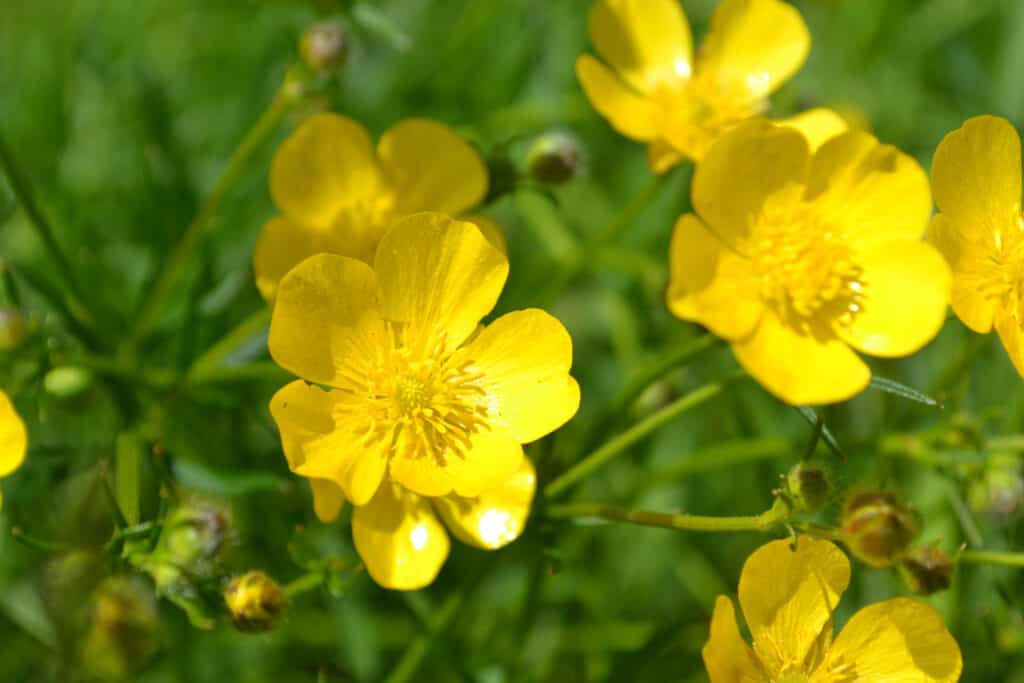
©Juli_Kom/Shutterstock.com
Deer resistant, easy to grow, and colorful, buttercups are a favorite flower bulb in springtime gardens. They may pop out in yellow, white, bicolor, or even a pale pink. Plant them in full sun to partial shade in well-draining, loose soil for best results. When you do, you pretty much won’t have to do anything other than water them.
Crocuses
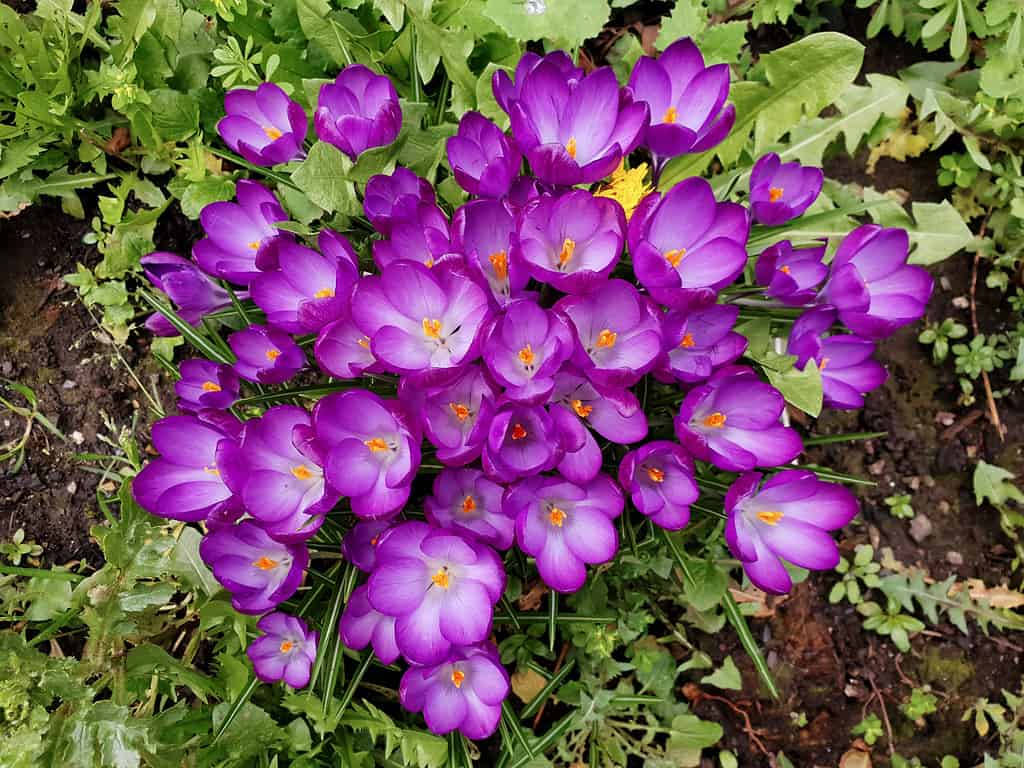
©iStock.com/Wirestock
Popular for pollinator gardens and early bloom desires, crocuses are a favorite among flower gardeners. These gorgeous plants come with yellow, white, purple, blue, or some combination thereof flowers. They spread across lawns, make for excellent ground cover, and generally just add some brilliance early in the spring, often cropping up through the snow. Give them full sunlight and some water and you’ll have these beauties blooming for a good long while.
Hyacinths
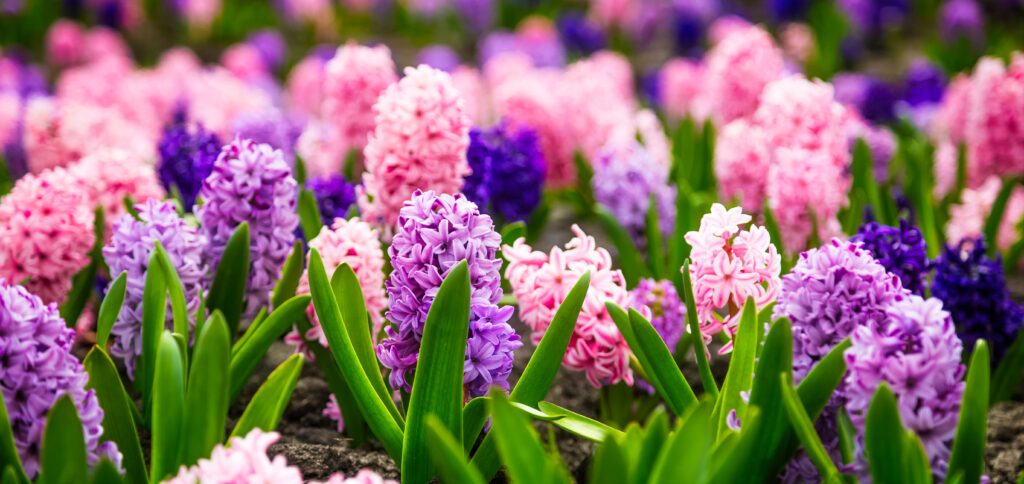
©Kateryna Mashkevych/Shutterstock.com
Lifting a gentle, heady, sweet fragrance every spring, the hyacinth is a popular flower bulb that’s easy to grow either indoors or outdoors. Grab a bulb forcing vase for indoor growing (as hydroponics) or plant in slightly acidic to neutral soil that receives full sun. Both deer and rabbit resistant, these gorgeous blooms will keep you in colorful cheer with pink, white, purple, red, blue, or pastel shades.
The post 20 Types Of Flower Bulbs To Grow This Year appeared first on AZ Animals.
from Animal News, Facts, Rankings, and More! - AZ Animals https://ift.tt/JWyQAUC